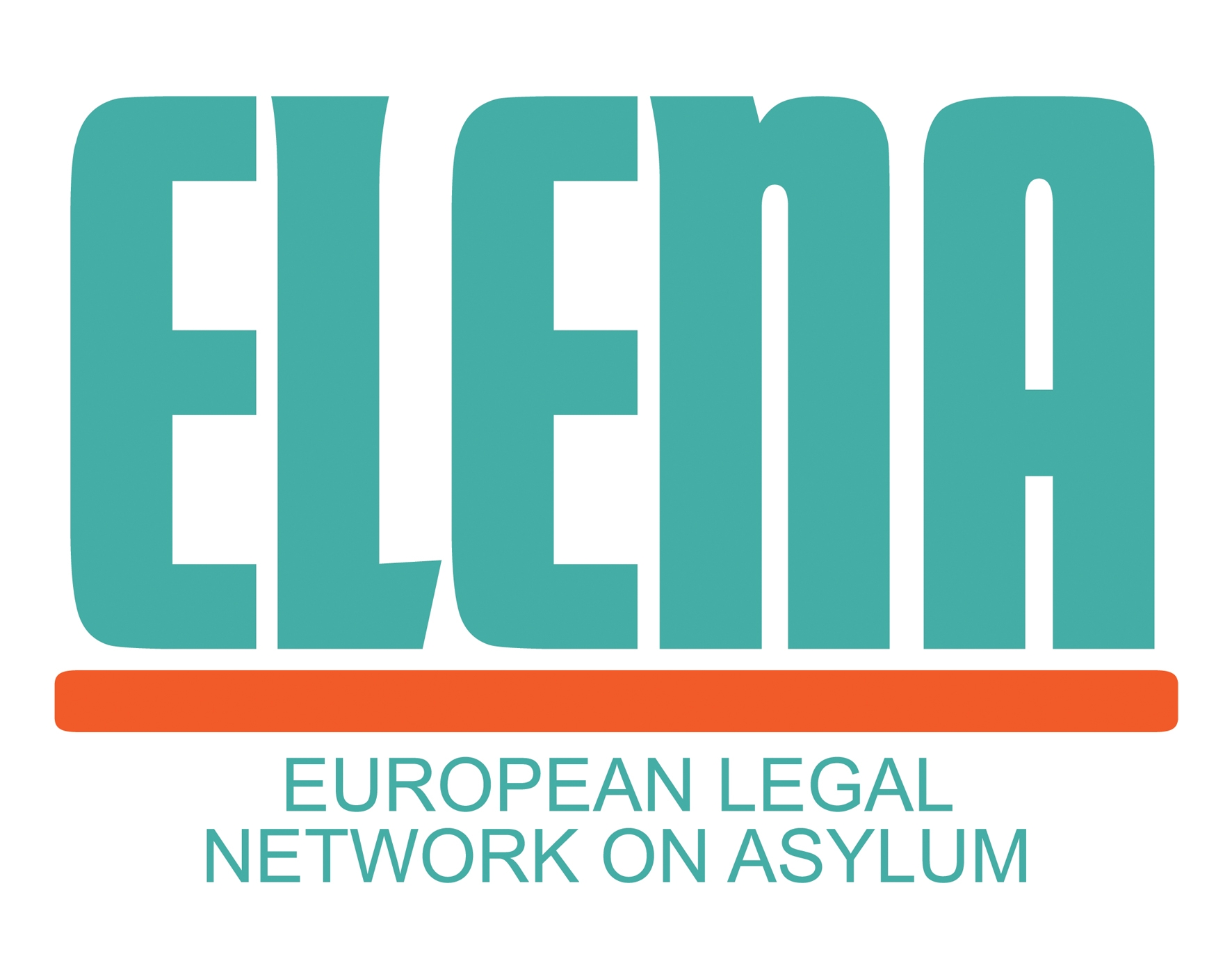On 26 April 2022, the CJEU delivered its judgment in the joined cases of C-368/20 and C-369/20 regarding internal border controls within the Schengen zone. The applicants were subject to border checks on arrival to Austria from Slovenia due to Austria’s reintroductions of border controls and complained that these checks were contrary to EU law. The Regional Administrative Court of Styria stayed the proceedings and referred preliminary questions to the Court.
The first question asked whether EU law precluded domestic legislation which cumulatively allowed the reintroduction of border control for a period which exceeds the two-year limit set out in Article 25 and 29 of the Schengen Borders Code without a corresponding Council implementing decision. The Court emphasised that when interpreting a provision of EU law, it is necessary to consider not only the wording but also its context and the objectives of the relevant legislation. It further set out that as noted in recital 27 of the Code, exceptions and derogations of free movement are to be interpreted strictly and that in light of recitals 21 and 23 and Article 3 of the TEU, the reintroduction of internal border control should remain an exception and only be effected as a measure of last resort. The Court clarified that the Code is part of a general framework of an area of freedom, security and justice which is intended to strike a fair balance between the free movement of persons and the need to safeguard public policy and internal security on the territory, and that therefore the objective pursued by the maximum duration of six months set out in Article 25(4) is a continuation of this general objective. It noted that in the case at hand, Austria did not demonstrate the existence of a new threat which would have justified triggering new time periods and enabling the control measures that the applicant was subject to. Finally, the Court answered the first question in the affirmative and considered that Article 25(4) must be interpreted as precluding border control at internal borders from being temporarily reintroduced where the duration of its reintroduction exceeds the maximum total duration of six months and no new threat exists that would justify applying anew the time periods provided for in Article 25.
As the first question was not answered in the negative the Court determined that there was no reason to answer the second question, and subsequently considered the third question. The third question asked whether Article 25(4) precluded national legislation which obliges a person, on pain of a penalty, to present a passport or identity card on entering the territory of that Member State at an internal border when the reintroduction of the internal border is contrary to that provision. The Court considered that in this regard, a penalty mechanism was not compatible with the provisions of the Schengen Borders Code and that Article 25(4) must be interpreted as precluding legislation which obliges a passport or identity check under the aforementioned conditions.

